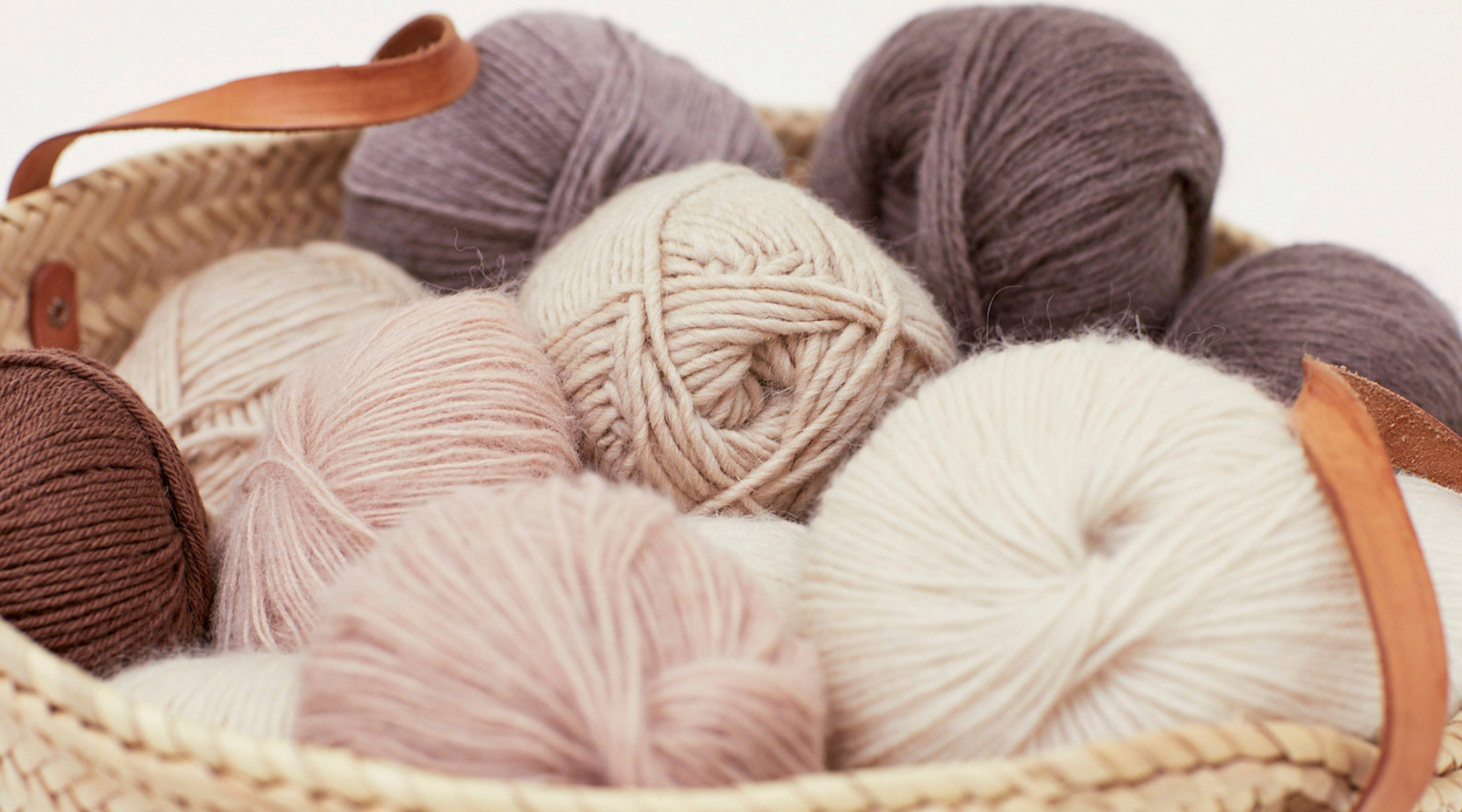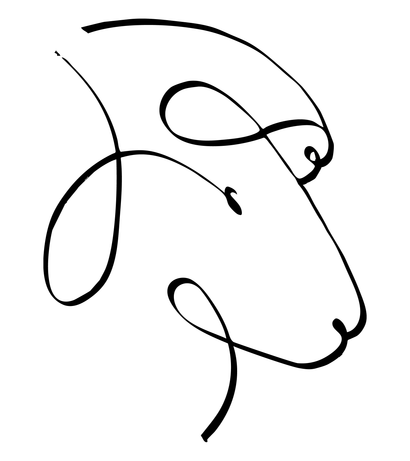Free shipping on all domestic orders over $150
Free shipping on all domestic orders over $150
Shop
Add description, images, menus and links to your mega menu
A column with no settings can be used as a spacer
Link to your collections, sales and even external links
Add up to five columns
Add description, images, menus and links to your mega menu
A column with no settings can be used as a spacer
Link to your collections, sales and even external links
Add up to five columns

Yarn Construction - what are plied, chainette, tube, and blown yarns?
November 07, 2022 2 min read
What are the different yarn construction types?
Check it out on the podcast here
There are 4 basic yarn construction types
- Plied
- Chainette
- Tube or Blown
- Air-jet spun
What is Plied Yarn?
The original and most basic way of making yarn is to twist fiber into yarn. Twisting the fiber strengthens it, and the more the twist, the stronger the yarn. A strand of twisted yarn can be twisted with another strand of yarn, which is called plying. A yarn can be made of as few as one strand, or many more. Bulky plied yarns often have as many as 12 plies.
The number of plies, the amount and direction of twist, and the fibers themselves all contribute to the elasticity, durability, and appearance of both the yarn and the fabric they create.
What is Chainette Yarn?
Chainette yarn is a tiny knitted tube created in the same way you would knit an i-cord. A fine strand of yarn, one that might otherwise be plied with other strands to create a larger yarn, is knitted into a tube. Chainette construction increases the elasticity of the yarn, making cotton, alpaca, and other non-wool yarns, easier to knit and much lighter than their plied construction counterparts.
Chainette yarn can be made from any number or size of stitches. The number and size of the stitches impacts the texture of the yarn and the appearance of your knitted fabric. The smoother the texture of the yarn, the better the stitch definition in your fabric.
What is Tube or Blown Yarn?
Tube yarn, as the name implies, is a knitted tube into which fibers have been blown. The tube itself is usually made from a very fine strand of a smooth, strong fiber, like cotton, silk, or nylon. The fibers blown into the tube are the softer, more luxurious fibers like merino, cashmere, and alpaca.
Tube yarns are extremely light and lofty, so your fabric is lighter than one knit with a similar gauge yarn of either plied or chainette construction. Tube yarns create fabric with a soft subtle halo and very touchable surface that resists pilling.
What are air jet yarns?
Air Jet yarns are the newest construction method, invented during the 1950s for industrial use and perfected for hand-knitting only during the last 50 or so years. This method of yarn construction is fairly complicated, but basically, it involves a high pressure stream of swirling air to blow fibers around a fine core of already spun yarn. The blown fibers adhere to the core strand and are twisted into yarn by the swirling air.
The resulting yarn has the appearance of a single ply yarn but is much lighter, stronger, and resists pilling.
We'll be looking at each construction method in more detail over the next few weeks, so be sure to sign up for the newsletter to get those articles delivered right to your inbox. If you enjoyed this article, please share
